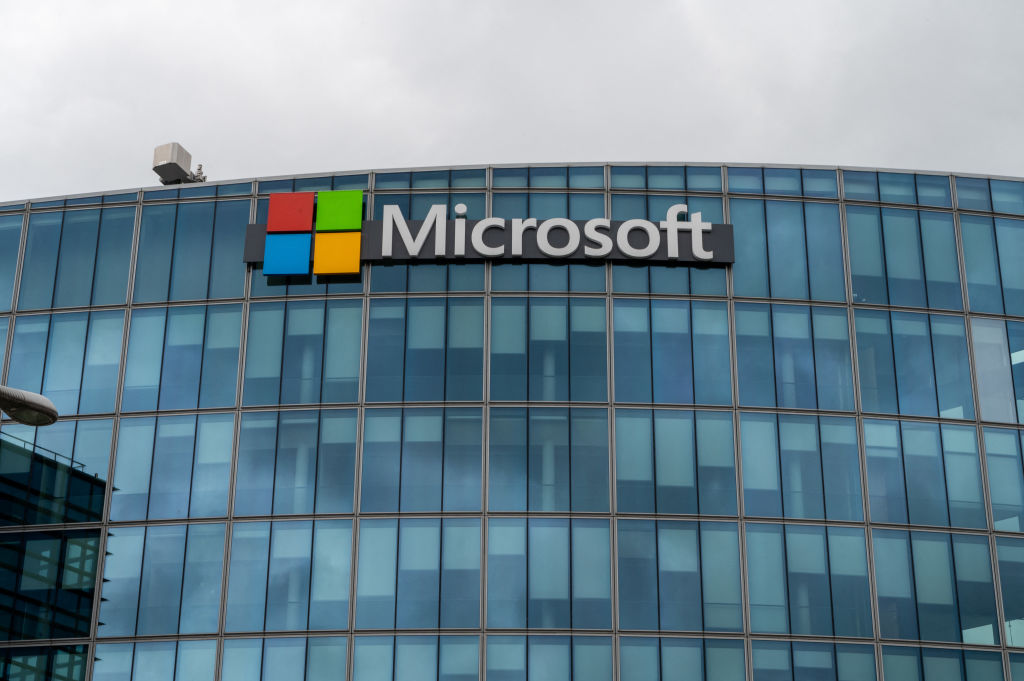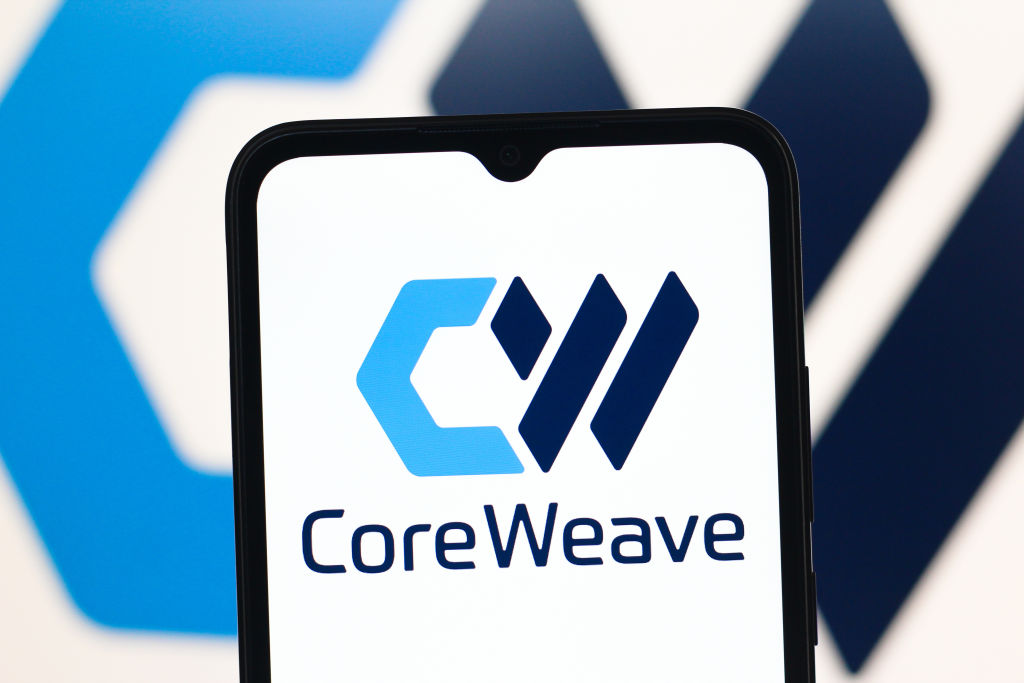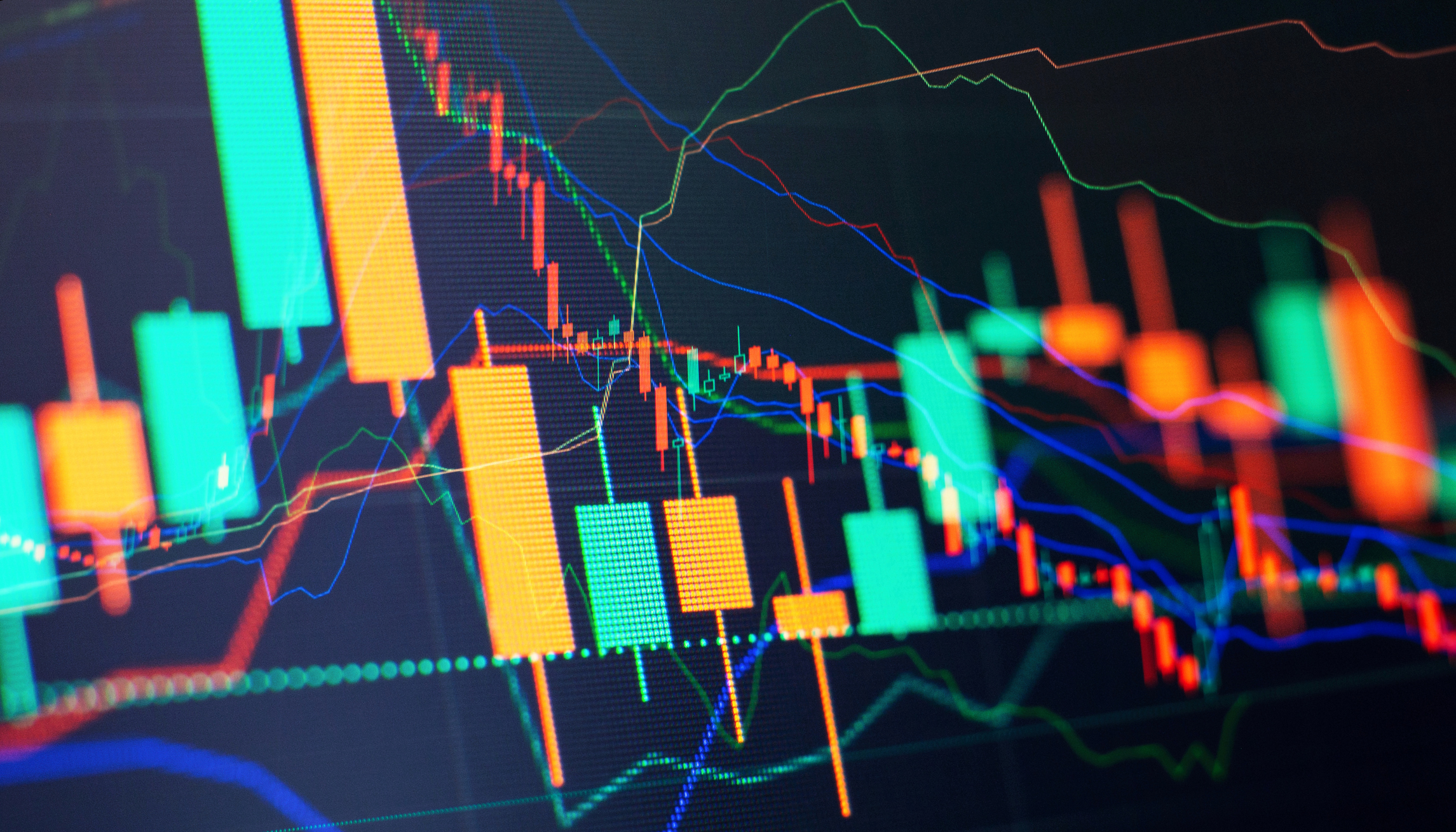9 Companies With Good Cash Flow
Solid businesses to invest in will be able to show you the money.

Editor's note: This column has been updated since its original publication in the August issue of Kiplinger's Personal Finance magazine.
If you own a small business—say, a dry-cleaning service—your goal is to put as many dollars in your pocket as you can. You define profits as the cash you keep, not numbers on a page that fit a set of government-mandated accounting rules. Now consider an investor who buys stock in a publicly traded company. She’s just as much an owner as you are the proprietor of the dry-cleaning store, but her concern tends to be net income or earnings per share, figures that analysts follow and report on with great drama every quarter. She’s preoccupied with such measures as the relationship between a stock’s price and the company’s earnings per share, or with the amount by which earnings are expected to rise this year compared with last year.
If you look at earnings alone, however, you miss the bigger picture. Paper profits are fine, but without cash, a business can’t expand or attract investors. And the earnings figures produced under generally accepted accounting principles, or GAAP, are a lot easier to manipulate—as firms such as Enron and WorldCom have shown—than the straightforward counting of cash.

Sign up for Kiplinger’s Free E-Newsletters
Profit and prosper with the best of expert advice on investing, taxes, retirement, personal finance and more - straight to your e-mail.
Profit and prosper with the best of expert advice - straight to your e-mail.
When I think of cash, I think of Apple (symbol AAPL), a great company that generates tons of the green stuff. Between 2007 and 2011, Apple’s net income—the headline annual profits that most investors focus on—rose by $22 billion. But over the same period, annual cash flow jumped from $5 billion to $38 billion.
Unfortunately, the term cash flow can be as deceptive as the term earnings. To explain, I’m forced to descend into the accounting weeds, so bear with me. To calculate cash flow, you start with reported net income, then add back expenses that do not require spending cash. Usually, a company’s main noncash expense is depreciation, the annual charge that accounts for the declining value of an asset, such as a machine or a building.
Imagine that a business spent $10 million in 2009 to buy a machine. Under GAAP, the company doesn’t count the $10 million as an expense in that year; instead, the firm depreciates it, year by year, over the useful life of the machine—for example, counting $1 million as an expense against reported net income annually until 2019.
Other noncash expenses include changes in accounts receivable and payable and the amortization (another yearly write-off) of goodwill, which is the premium over book value (assets minus liabilities) that a firm might pay when it acquires another company.
What I have just described is operating cash flow—the number on which analysts typically focus. But let’s cut to the chase. What really counts is not operating cash flow but free cash flow—what Warren Buffett calls “owner earnings,” or money that is available to shareholders if the business chooses to distribute it. In the 1986 annual report of his holding company, Berkshire Hathaway, Buffett explains the notion at length. Owner earnings, he writes, are “(a) reported earnings plus (b) depreciation, depletion, amortization, and certain other non-cash charges … less (c) the average annual amount of capitalized expenditures for plant and equipment, etc., that the business requires to fully maintain its long-term competitive position.” When (c) exceeds (b), Buffett says, reported “official” earnings exceed owner earnings—a red flag for investors, but one that analysts don’t always heed. (Another way of saying this is that the ratio of free cash flow to earnings is below 1.0.)
“All of this,” Buffett writes, “points up the absurdity of the ‘cash flow’ numbers that are often set forth in Wall Street reports. These numbers routinely include (a) plus (b)—but do not subtract (c).”
Subtracting (c) is essential. If a business has to keep plowing money back into plant and equipment, then it can’t give that money to the owners. Remember the dry-cleaning business. If, as the proprietor, your profits are $100,000 this year, but the entire amount has to go into a new steam press, you’re left with no cash for yourself.
Picks That Go With the Free Cash Flow
Consider Chesapeake Energy (CHK), a company that has had severe difficulties lately. A cash-flow analysis could have offered warning signals that many investors missed. For instance, in 2011, Chesapeake had depreciation of $1.9 billion but new capital expenditures (cap-ex, for short) of $9 billion. Chesapeake’s free cash flow has been negative for the past six years—that is, its capital outlays have exceeded its cash flow.
In stark contrast with Chesapeake is Microsoft (MSFT). Its depreciation and capital expenditures have both averaged about $2.5 billion annually for the past three years, an insignificant number for a company that was expected to generate operating cash flow of about $30 billion for the fiscal year that ended June 30, and free cash flow of $28 billion, a figure that’s risen by 75% in three years. (Stocks in boldface are those I recommend; you can find free cash flow numbers at www.morningstar.com.)
I tend to shy away from businesses, such as Intel (INTC), that must make large, and often unpredictable, capital outlays. Intel has about two-thirds the cash flow of Microsoft but needs to lay out nearly three times the capital annually. To stay ahead in the chip race, Intel needs to make massive investments in new plant and equipment.
Even Intel pales next to ExxonMobil (XOM), the cap-ex champ. From 2009 through 2011, Exxon made $80 billion in capital expenditures, compared with $91 billion in net income and $132 billion in cash flow. Like Intel, Exxon is a great company because its leaders know how to get strong returns on its invested capital. But, as an investor, I prefer firms that don’t have to make titanic expenditures to stay ahead.
Now compare firms that develop energy or make semiconductors with those that glean commissions by selling travel services. Priceline.com (PCLN) last year had cash flow of $1.3 billion, with capital expenditures of just $48 million. For the past three years, depreciation has averaged $70 million annually; cap-ex, $28 million. Expedia (EXPE) had cash flow of $1 billion in 2011, with depreciation of $219 million and cap-ex of $208 million.
A standout in an unlikely business is CF Industries (CF), a fertilizer producer based in Deerfield, Ill. In 2011, its free cash flow roughly doubled, to a hefty $1.8 billion, from the previous year, as it had from the preceding year as well. Lately, CF’s cap-ex has been well below its depreciation, but the company’s revenues keep rising. CF’s strong cash performance has, quite naturally, spurred its board to boost the dividend—from an annual rate of 40 cents per share in 2010 to a rate of $1.60 today.
No single measure indicates healthy cash flow, but I look at whether free cash flow exceeds GAAP earnings by at least 10%—in other words, an FCF/E ratio of at least 1.1 (I use a three-year average). So, in CF’s case, the FCF/E ratio is 1.2; for Priceline, 1.2; for Microsoft, 1.1. Other FCF favorites of mine have these ratios: Cisco Systems (CSCO), 1.4; Whole Foods Market (WFM), 1.7; and Apollo Group (APOL), a for-profit educator, 1.3.
Of course, companies that don’t require significant capital investments may be businesses with narrow moats—that is, easy for competitors to storm. Companies that neglect necessary cap-ex will lose their edge in innovation and service. And, conversely, businesses that build up their infrastructure may become impregnable, giving them pricing power.
An example of a company that’s investing heavily to good effect is, as I’ve noted in the past, Amazon.com (AMZN). Last year, the online retailer spent $1.8 billion—or triple its net income—on cap-ex. With nearly $10 billion in cash and short-term investments and at least $3 billion in cash flow over the past three years, Amazon is not in danger of running out of money. Still, Jeff Bezos is boldly spending to solidify his company’s dominant position as the place to buy stuff on the Internet.
Looking at cash flow by itself is foolish. It is free cash flow, the money you could keep if you owned that dry-cleaning establishment, that really counts. Unfortunately, analyzing whether a company is putting capital to work efficiently is more art than science. Still, you’ll never be able to get a good feel for corporate health if you ignore the thing we’re all in business to earn: cash.
James K. Glassman, executive director of the George W. Bush Institute in Dallas, is author of Safety Net: The Strategy for De-Risking Your Investments in a Time of Turbulence (Crown Business).
Kiplinger's Investing for Income will help you maximize your cash yield under any economic conditions. Download the premier issue for free.
Get Kiplinger Today newsletter — free
Profit and prosper with the best of Kiplinger's advice on investing, taxes, retirement, personal finance and much more. Delivered daily. Enter your email in the box and click Sign Me Up.

-
 6 Stunning Waterfront Homes for Sale Around the US
6 Stunning Waterfront Homes for Sale Around the USFrom private peninsulas to lakes, bayous and beyond, Kiplinger's "Listed" series brings you another selection of dream homes for sale on the waterfront.
By Charlotte Gorbold Published
-
 Six Reasons to Disinherit Someone and How to Do It
Six Reasons to Disinherit Someone and How to Do ItWhether you're navigating a second marriage, dealing with an estranged relative or leaving your assets to charity, there are reasons to disinherit someone. Here's how.
By Donna LeValley Published
-
 Stock Market Today: Dow Rises 854 Points From Its Intraday Low
Stock Market Today: Dow Rises 854 Points From Its Intraday LowIf there's one thing markets hate, it's uncertainty. But uncertainty is all they're getting these days.
By David Dittman Published
-
 Microsoft Stock: Innovation Spurs Its 100,000% Return
Microsoft Stock: Innovation Spurs Its 100,000% ReturnMicrosoft's ability to recognize the "next big thing" has allowed sales – and its share price – to grow exponentially over the years.
By Louis Navellier Published
-
 Stock Market Today: Stocks Skid Into Another Risk-Off Turn
Stock Market Today: Stocks Skid Into Another Risk-Off TurnThe promise of the AI revolution can't overcome flickering hopes for a "Fed put."
By David Dittman Published
-
 CoreWeave IPO: Should You Buy CRWV Stock?
CoreWeave IPO: Should You Buy CRWV Stock?The CoreWeave IPO was the biggest public offering of the year so far, with the AI cloud company making its market debut on Friday, March 28.
By Karee Venema Last updated
-
 Should You Sell Tesla Stock as Elon Unrest Grows?
Should You Sell Tesla Stock as Elon Unrest Grows?Tesla's CEO is wearing many hats and is managing them "with great difficulty."
By David Dittman Published
-
 Stock Market Today: Mixed Messages Muddle Markets
Stock Market Today: Mixed Messages Muddle MarketsStocks cruised into pre-market action on encouraging news for the AI revolution but stumbled on yet another policy disturbance.
By David Dittman Published
-
 Stock Market Today: Dow Gains After Nike Gets Upgraded
Stock Market Today: Dow Gains After Nike Gets UpgradedJefferies thinks Nike's new CEO will spark a turnaround in the beaten-down blue chip.
By Karee Venema Published
-
 Best Investments to Sidestep Trump's Trade War
Best Investments to Sidestep Trump's Trade WarThese ETFs are well-designed to weather rising U.S. protectionism and retaliatory tariffs.
By Jeff Reeves Last updated